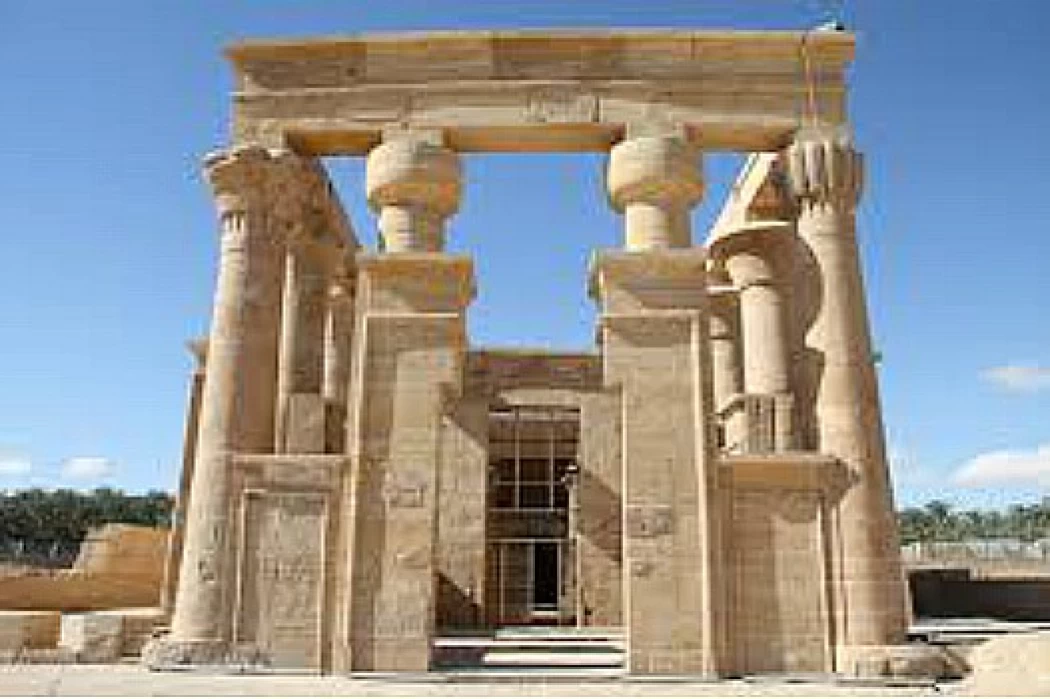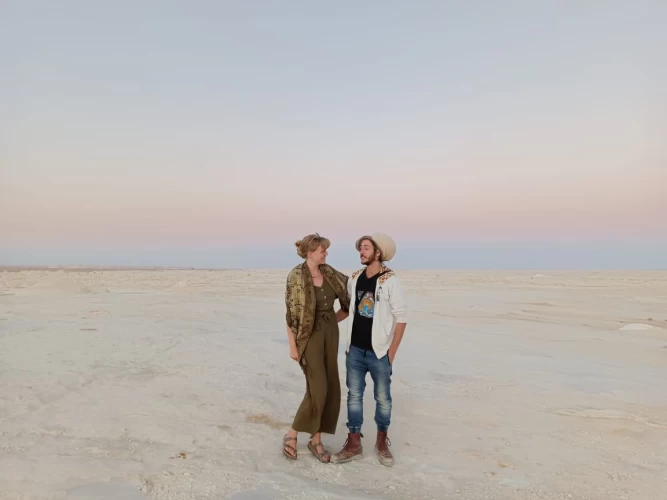
Temple of Hibis | Al Kharga Oasis
The rebirth of the Grand Avenue des Sphinx
Are you fully vaccinated? So you don’t need to present a PCR test on arrival at Cairo International Airport to enjoy a unique holiday in the land of the pharaohs.
The Hibs temple is the only surviving temple from the Sawi period, and it is also the oldest and largest building in the western desert. It is located about 3 km north of the governorate of the New Valley, and it was built in sandstone on a high point that allows the viewer to perceive its importance as a sacred place and center of worship of the god. This temple was built under the reign of Nectanebo II, the last pharaoh of ancient Egypt, and shows how civilizations can meet and leave wonders of beauty even after a period of combat.
The name Hibs is the Greek term for the ancient Egyptian word Hebt, which means plough, and it was called the temple. It was named after the oasis, "Hebat" because of the fertility of the land in this area.
The temple was dedicated to many local deities of Memphis and Luxor, and it was also dedicated to some foreign gods, such as the Syrian deity "Ishtart", who was worshipped in Egypt at one of the historical times and united with the Egyptian gods. It became mainly associated with Amon, The walls of the temple are full of decorations of classical texts Theban and shown that date from the Persian king Darius I and Osiris, the god of the underworld are inscribed on the walls of the temple.
The temple is full of details. It has undergone a massive $10 million restoration that began in 2005 and was completed this year.
Sail on the blue waters through the two green bands on either side of the golden desert when you book your cruise on the Egyptian Nile. And check out our seasonal offers to choose the pension or holiday home most suitable for your 2022 Easter holidays.
We will save you the hassle and include some of the best hotels and boats in all the cities you are going to visit through travel packages in Egypt, but if you like to book your own hotel, we have professionally customized a wide variety of Egypt day trips for you, start in the city that never sleeps and explore our day trips to Cairo which cover all archaeological sites and entertainment venues from the pyramids of Giza and the famous Sphinx to the Egyptian Museum located on El Tahrir Square and the Museum national of Egyptian civilization to see the golden mask of King Tutankhamun. And if you fancy camping in one of the most fascinating deserts in the world, we have created the White Desert Tours. Travel safely with us to Upper Egypt and book our day trips to Luxor and travel further south to the amazing Nubia and explore all the options that our day trips to Aswan can offer you.















